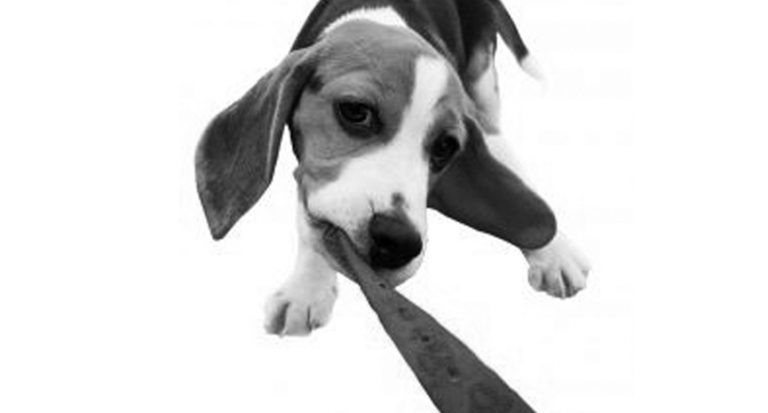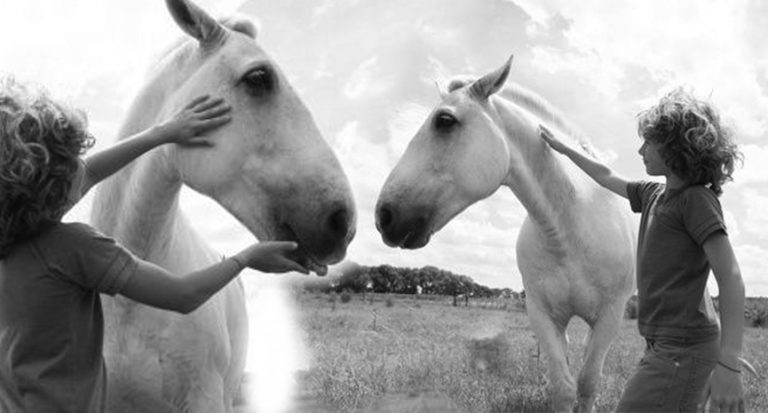One of the most popular and friendly breeds of dogs you will be sure to find your best friend is a Labrador.
Labradors were originally bred to be hunting dogs but are now popular as service and therapy dogs. The reason is that Labradors are very mildly tempered and have a lot of patience.
By making sure that you socialize your Labrador pup early on, you will be sure to have a pet that is friendly to all humans. But that does not happen overnight. We have already discussed dog training in the past. Here we’re with an article which tell us “how to train your Lab” and “what techniques you can use to do it efficiently”.
Tip #1 House-training Your Labrador
One of the most important tips when training your Labrador is to make sure you start with house training early on. You can house train a Labrador puppy and an adult Labrador, but the former is easier.
When housetraining a Labrador, you can use different techniques, but the best is to get right into it. Here is how you successfully can do that:
- Keep your Lab on hard floors and not on the carpet.
- Take your Lab to the designated place often so that they become familiar with it.
- Stay with them until they have done their business.
- Praise and give them a reward for their good work.
- Do not punish them. Be Patient and teach them what’s correct.
When it comes to techniques and methodology, consider the three stages of potty training when it comes to dogs:
- Learning Where to Potty – establishing a toilet area and designating a special place where your dog knows they need to go. This needs to be consistent and regularly timed in the beginning. It cannot be something you do when you get around to it. It needs to be done at the same time every day and in the same place.
- Starting to Hold On- Learning Self Control and holding it. If you have potty-trained children ever, this is an important stage in potty training. It means that your dog will be able to hold it until you get to the designated place where they can relieve themselves.
- Independent Toileting – At this stage, your dog can fully relieve themselves outside without any accidents or slip-ups. This means that they can know they can only do potty in their designated area and that they will not go inside the house.
Tip #2 Consider Labrador Obedience Training
Everyone loves an obedient dog. What exactly does an obedient dog mean?
A dog that will sit next to you even when another dog walks by is considered an obedient dog. Dog wants to feel safe and secure. They need a master to tell them what to do so they understand what they need to do and when they need to do it.
An obedient dog is a dog that will keep its owner and itself safe as compared to a disobedient dog. A disobedient dog is not the only risk to its owner but to itself and the public. The last thing you want is to take your dog outside only to have it chasing cars or other people.
There are three distinct phases of obedience training:
Teaching
This first phase is the first and most basic phase of obedience training for your dog. You will need to get your dog used to your tone of voice and how you relay commands. Here basic commands like sit lay, and come are taught. These are simple commands that most dogs should be able to understand and follow easily.
Proofing
Once you can teach your dog basic commands, you can then move on to the next phase. The second phase of obedience training is making sure that the commands that you have taught are being followed. This means, if you are in a crowded marketplace and you tell your dog it sit, they should sit no matter what. Making sure they are the second phase of obedience training.
Maintaining
This is the third phase of the obedience training process. It is by far the easiest but something that is often forgotten by most dog owners. Once you have mastered the first two phases, you should make sure you maintain that obedience by reinforcing good behavior. You can do this by giving treats and rewarding your dog by showing love when they listen to you.
Tip #3 Find the Right Technique to Train Your Labrador
If you want to find the right technique when training your Lab, you can consider different kinds of methodologies. It may take some time to look for a method that you and your dog like. These methods can also be used for other breeds and younger dogs like German Shepherd Puppies.
Some tried and tested ways to train your Lab are:
- Positive Reinforcement
- Scientific Training
- Clicker Training
- Electronic Training
- Model Rival or Mirror Training
- Alpha Dog or Dominance
Tip #4 Milestone Timeline When Training Your Lab
It’s important to create a milestone timeline when training your dog so that you know how they are progressing. It is important to remember every dog is different and will have its hiccups and setbacks. So you should not feel upset if your dog is behind. This timeline will help you figure out what you need to do to reach the next milestone.
- 8 Weeks – This is the time that it is safe for Lab puppies to leave their mothers. Their introduction into your home starts their training period.
- 3-6 Months – By this point, your Lab puppy should be able to swim, take stairs and start obedience training.
- 7+ Months – Your Lab is now able to listen to your commands, and you should have been able to now progress with your obedience training to the Proofing stage.
- 12+ Months you can now take your dog outside to public places. It should be able to jog beside you and follow most commands.
Tip #5 Exercise Every Day
The last tip when it comes to training your Lab is to create an exercise regime that both of you can stick to and follow. Your dog needs outside time just as much as you do. But if a dog who is undergoing training does not get that daily walk, it can have effects on your training progress.
So do make sure you can carve time from your busy schedule to exercise your dog.
Tips to Remember When Training Your New Dog
Training your Lab can be exciting and fun. Any kind of training will build an important bond with your furry friend that will assist in your training progress.
Just remember to be consistent and show lots of love and positive reinforcement. With the tips mentioned above, you will be able to create a loving training environment for your Lab.





